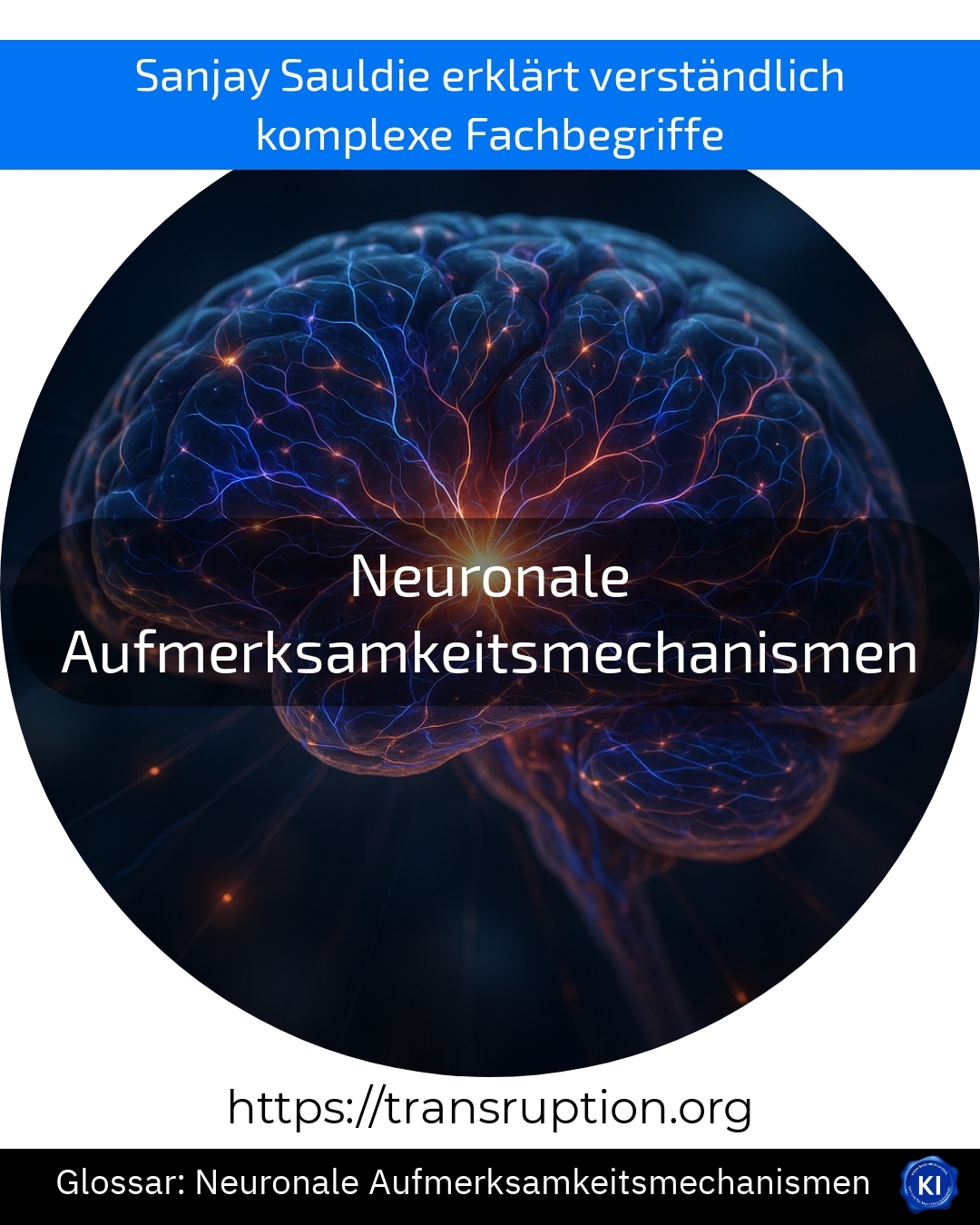Neural attention mechanisms are a term used in the fields of artificial intelligence, digital transformation, big data and smart data. They describe how modern AI systems - especially when processing large amounts of data - decide which information is currently most important. This is similar to the human brain: we don't focus on everything at once, but filter what is relevant for a task.
A practical example: a chatbot, such as ChatGPT, receives a long text and is asked to answer a question. Thanks to neural attention mechanisms, the system recognises which parts of the text are particularly helpful in finding the right answer. It "pays" more attention to relevant parts of the information - just like we do when we skim an email and jump straight to the key sentences.
This technology not only makes AI systems faster, but also much more accurate and helps them to filter out the crucial details from large amounts of data. Companies that automatically analyse customer data or support requests in order to improve their services benefit from this on a day-to-day basis. In this way, neural attention mechanisms enable real progress in automation and digitalisation.















